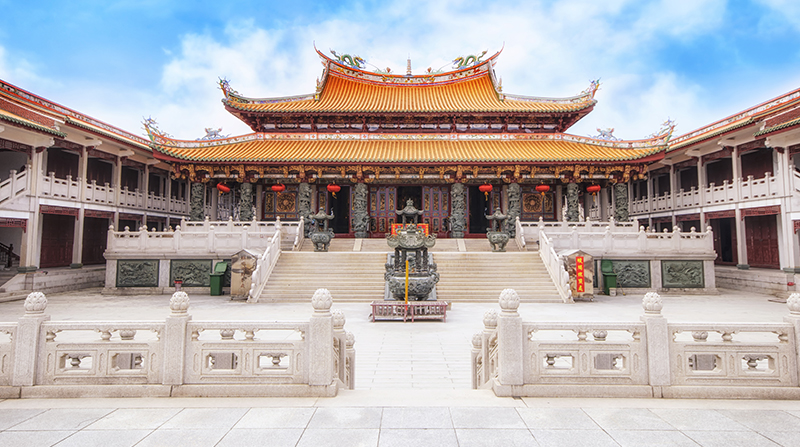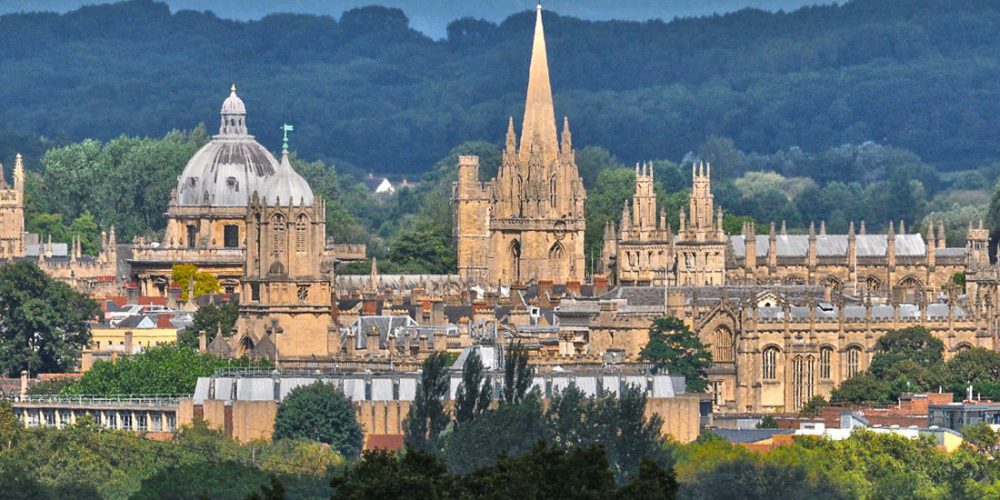The mysterious bird Phoenix or Simurgh, an enduring symbol of life and rebirth on the paths of divine wisdom, purity and kindness
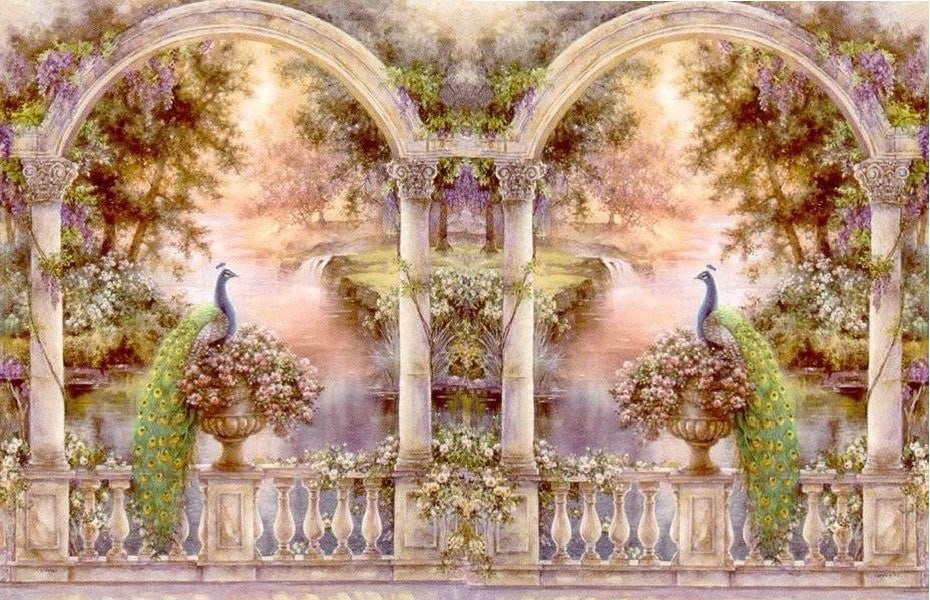
The bird Phoenix or Simurgh is an enduring symbol of life, hope and regeneration, giving humanity the chance to shake off their old life and begin again with a new one, renewed in energy and outlook, with the physical advantages of youth, and the wisdom from having lived a thousand lives.
According to ancient legends, the divine bird Simurgh lives at the top of the Tree of Life, where the seeds of eternal life and immortality are stored. Flapping her wings, she gathers the seeds of immortality and, flying over the world, scatters them on the earth and sows them in the hearts of people. From these seeds, from the golden pollen of the Tree of Life, eternal immaculately conceived humanity is born.
The mysterious birds Simurgh live in the Paradise Garden, Verkhel–Vertograd, Jardin Paraiso. They are interlocutors of those who enter through the narrow gate of the divine Garden. The bliss experienced by those who hear these birds’ voices is beyond any imagination. ‘These are the voices of the deities,” ecstatically repeat the dwellers of the Paradise Garden. The Simurghs’ voices harmoniously merge with the indescribable fragrance of paradise flowers and trees, enhancing the grace of the divine heavens.
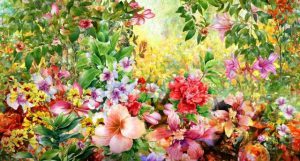
Those who at least once experienced this grace are eager to spread it throughout the worlds, inviting their inhabitants to enter these blissful, most fragrant spheres. They tirelessly thank and glorify the Great Kindest Father, Loving Mother and Divine Kind Providence for the miraculous gift they gave to their beloved children!
The mysterious immortal bird Phoenix or Simurgh is known for the powers to regenerate herself. It is thought that at the end of the Phoenix’s life, she spontaneously bursts into flames, only to be reborn from the ashes as a young Phoenix, ready to begin a new life cycle all over again.
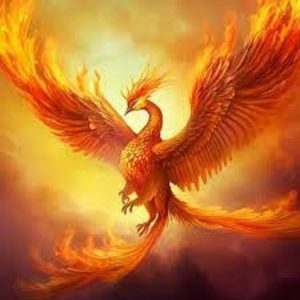
This symbol of eternal life, change and rebirth has been the subject of legends, religions and philosophies for centuries, and has inspired storytellers, artists and people all over the world.
It is thought that the Phoenix story originates from ancient Egypt with the Greek historian, Herodotus, who wrote about the bird called Bennu that died in flames only to have its offspring emerge from the ashes days later. In ancient Egyptian, Bennu was related to the word “weben” which meant to rise or to shine brightly, and this was represented by a hieroglyph depicting the bird.
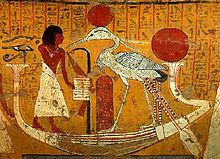
According to some legends, the Phoenix originally lived in Paradise and, as an immortal, knew he would live forever. But after a thousand years, the Phoenix grew bored with Paradise and desired a new life so he left Paradise and travelled to the mortal world which was governed by life and death. Once here, the Phoenix realised he could not die. But he wanted to renew himself so he built a nest and waited for the sun god Ra to arrive. Once Ra drove in his chariot across the sky. The Phoenix sang to get his attention and Ra listened to the Phoenix’s beautiful song. As he stopped a spark fell from his chariot and set the nest alight, engulfing the beautiful Phoenix in flames. However, since the Phoenix was an immortal bird, after 3 days, he was reborn from the ashes and lived on, repeating his cycle of death and rebirth every thousand years.
The ancient Greeks believed in a process called “the transmigration of the soul” or metempsychosis believing that after death, a person’s soul could be transmigrated into another being such as another human baby, an animal or even an inanimate such as a tree or plant.
The idea of the eternal nature of the soul is common to many religions such as Christianity, Hindus, Druids Celts, and the religions of many indigenous peoples such as Native Americans and Australian Aborigines.
Over the years, the myth of the Phoenix has been retold by generations.
Many spiritual thinkers interpreted this myth according to their understanding of the continuous participation of the supreme Deities in life of the earthborn. They revealed people the highest mystery of the descent of the soul from Heavens into this world, of the transition from earth to eternity and of the final return of the soul to Heavens in the purified solar bodies.
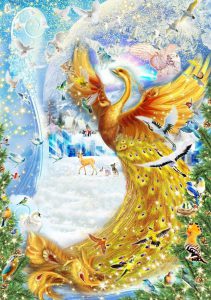
In Christianity, the Phoenix is often seen as analogous to the resurrection of Jesus Christ, who was crucified on the cross and then resurrected 3 days later.
In Native American culture, the Phoenix was called the Thunderbird and it was a large, colourful bird that could affect the weather. It also had healing powers not only for humans but by regenerating the earth by bringing rain.

The Phoenix is also found in Chinese mythology where it is called the Feng-Huang. The Chinese Feng-Huang has been an important symbol in Chinese culture for thousands of years. It is often depicted as a beautiful and regal creature, with brightly colored feathers and a long, sweeping tail. In Chinese mythology, the Feng- Huang is associated with good fortune, prosperity, and the power of transformation.
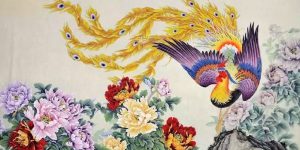
The Chinese Phoenix is often compared to the Western Phoenix, which is also able to rise mystically from its own ashes. But while the Western Phoenix is typically portrayed as a fiery bird, the Chinese Feng-Huang is associated with the element of wood and is often depicted in lush, green surroundings.
By Alex Arlander | ENC News

























